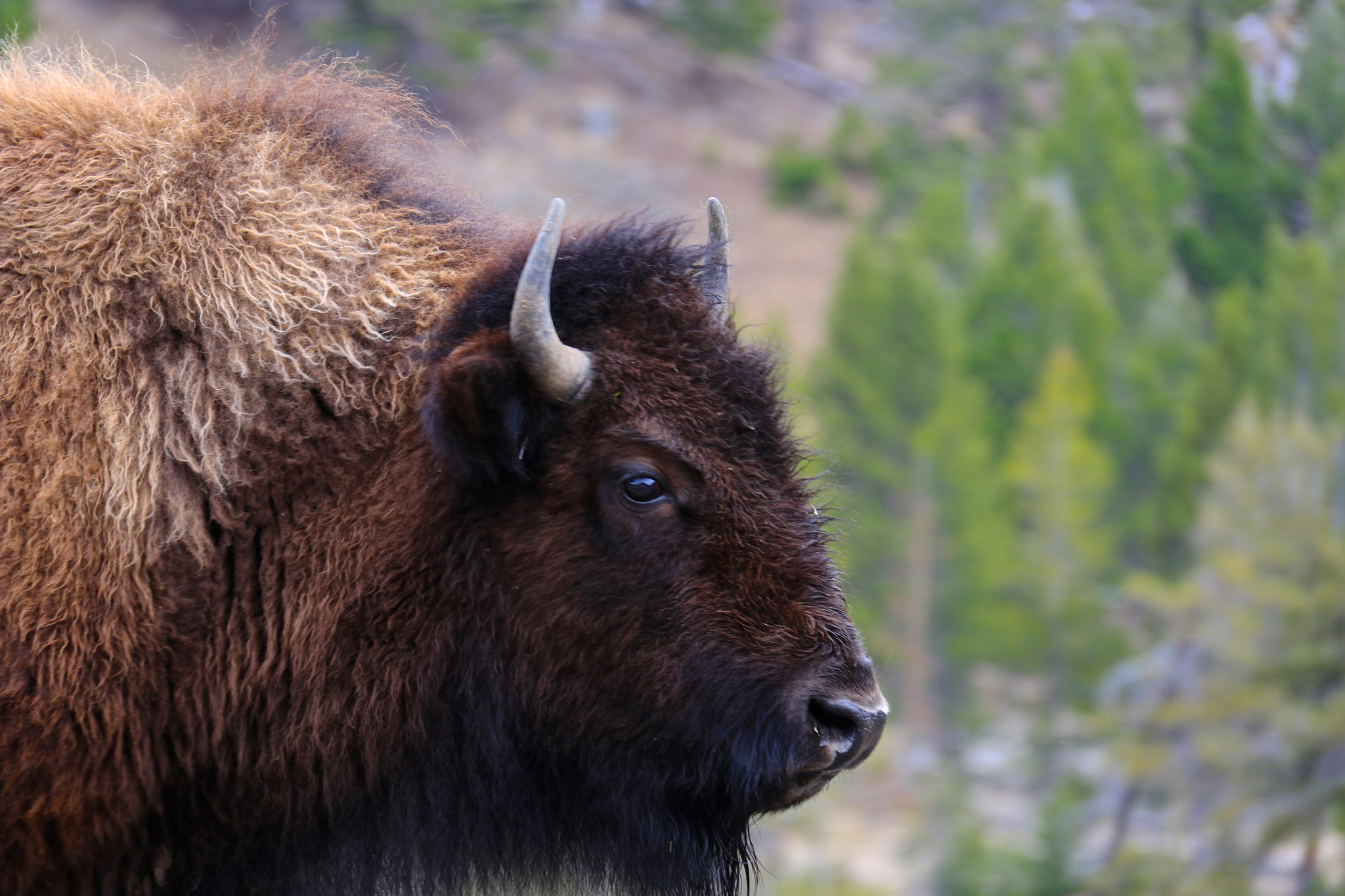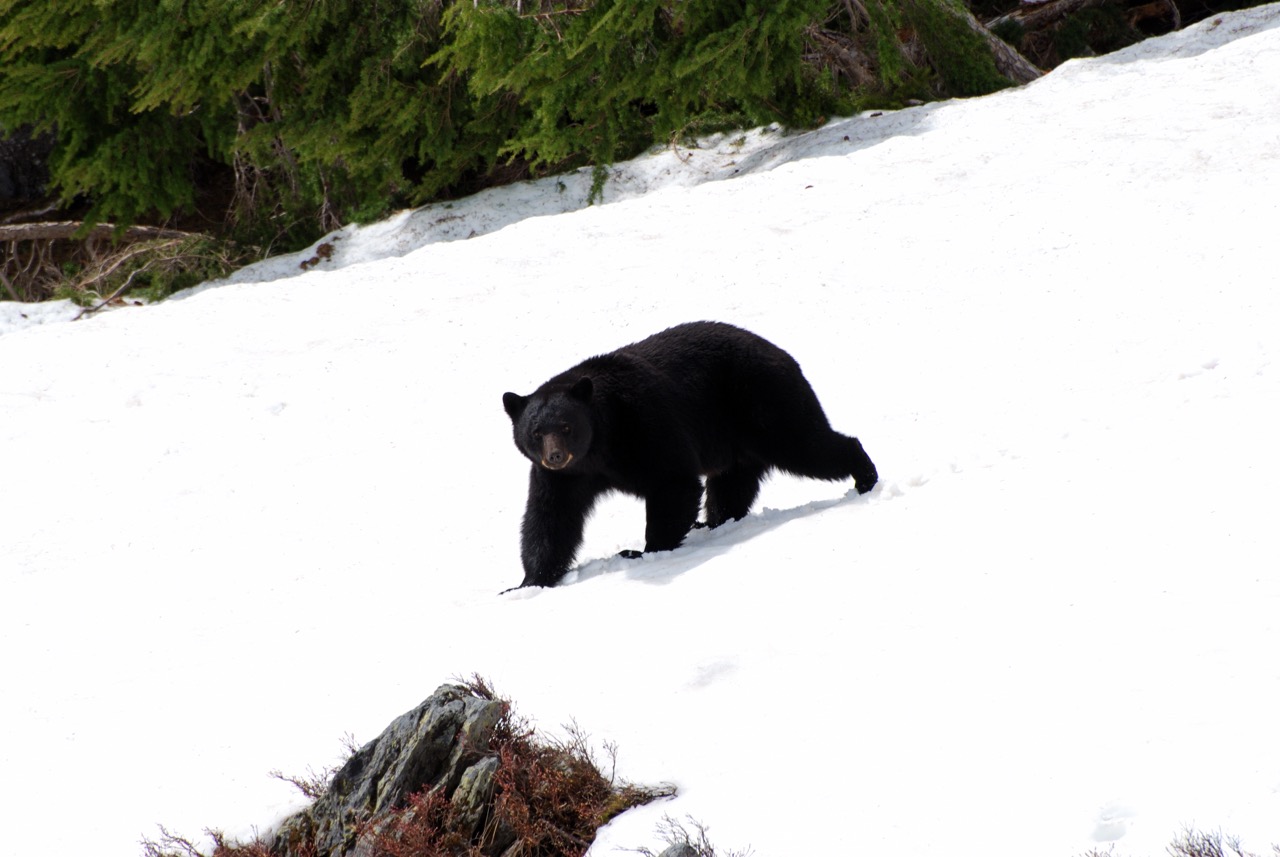For the fifth time this summer, a tourist in Yellowstone National Park has been injured by a bison goring them while they were taking a picture. This time, the victim of the attack, a 43 year old woman from Mississippi, knew of the danger, but saw others near the bison and decided posing for a picture would still be a fantastic idea. The fifth goring by a bison this year is a new record for Yellowstone National Park, one officials are very concerned about. Despite the increase in talking about dangers of approaching wildlife, and even more literature being handed out when guests enter the park, people don’t think it will happen to them. In a growing trend, people apparently feel that rules don’t apply to them, and that the numerous warning signs issued by the Park are for someone else. As someone who has lived, worked and visited Yellowstone National Park each year, I can assure you that these incidents can easily be avoided by not being ignorant.
According to a press release issued by Yellowstone National Park officials, a 43-year-old woman from Mississippi received minor injuries Tuesday when she turned her back on a bison to get a photo with it near the Fairy Falls trailhead in Yellowstone National Park. This is the fifth person reportedly injured after approaching bison this summer.
Park officials tell us that “the woman and her daughter were by the trailhead sign when they decided to take a picture with a bison that was approximately 6 yards away from them near the trail. When they turned their backs to the bison to take the picture, someone warned that they were too close. They heard the bison’s footsteps moving toward them and started to run, but the bison caught the mother on the right side, lifted her up and tossed her with its head. The woman’s father covered her with his body to protect her and the bison moved about 3 yards away. The family drove to the Old Faithful Clinic, where the woman was treated and released with minor injuries.”
“The family said they read the warnings in both the park literature and the signage, but saw other people close to the bison, so they thought it would be OK,” said Colleen Rawlings, Old Faithful District Ranger. “People need to recognize that Yellowstone wildlife is wild, even though they seem docile. This woman was lucky that her injuries were not more severe.”
I don’t know about anyone else, but I am getting sick of people knowing the rules and ignoring them. Bison are huge, can run 30 miles an hour and can jump six feet straight into the air. They may look like docile, calm animals, but they are not. They can be aggressive and will attack you if they feel they need their space. They are not tame, and will run your ass into the ground if you think you can pose with one for a picture.
Yellowstone National Park officials are hoping that this will be the last time they need to remind people about the proper distances to view wildlife. Wildlife should not be approached, regardless of how tame or calm they appear. When an animal is near a trail, boardwalk, parking lot, or in a developed area, visitors must give it a wide berth and not approach it closer than the required minimum distances: 25 yards (23 m) away from all large animals – bison, mountain goats, elk, bighorn sheep, deer, moose, and coyotes and at least 100 yards (91 m) away from bears and wolves.
Part of me thinks I should have more sympathy for these people who are getting attacked by bison, but it is hard to have sympathy. The risk is know, and upon entering the park, you are given numerous pieces of literature telling you to stay the hell away from all animals. Sure, the wording might be different than that, but the tone is the same. Wildlife viewing in National Parks is an awesome experience, from a distance. Obviously, these people are incapable of following rules, so it is up to the general population to help protect both visitors and animals from these experiences. Rangers have a limited budget, and can only do so much. People can be ticketed, but the fine is minimal, and doesn’t appear to detract the masses from approaching wildlife.
In 2015, Yellowstone National Park has seen record numbers of visitors to the park, but that is only partially to blame for the increase in bison attacks. One main reason for the increase in bison goring is that people don’t have that relationship with wildlife. People don’t have encounters with wild animals like bison in their daily lives, so they are unaware how to properly view them. Yellowstone National Park don’t restrict where animals go, and chances are if they are near the trail or visitor center, it is for shade or food, not because they are used to having people around it.
Five is by far the most bison goring Yellowstone has had in a year. To combat this, bison fliers have been translated and placed on consulate websites and FB pages to help limit foreign visitors from having negative wildlife experiences. However, the majority of attacks this year have been from visitors from the United States.
Backcountry hikers are required to watch wildlife safety videos before they are issued their permits, but the average visitor doesn’t watch these videos. There is a chance to see the videos about wildlife safety at Mammoth, but park officials couldn’t verify where else they were available. Luckily, the NPS website for Yellowstone National Park does have a page dedicated to videos about animals and how to safely watch them. It can be found here.
When visiting Yellowstone National Park, people need to know they need to change their plans if there is an animal on the trail or blocking their path. If you see an animal in your way, go around the animal, or turn around and come back later. Don’t assume that because someone else is close to the animal that it is ok to approach it too. All animals have a tolerance level and you might be the unfortunate one to get attacked. At the end of the day, people are responsible for their own safety, and until they realize this, I fear we will see more people remaining ignorant about the dangers of approaching wildlife.



